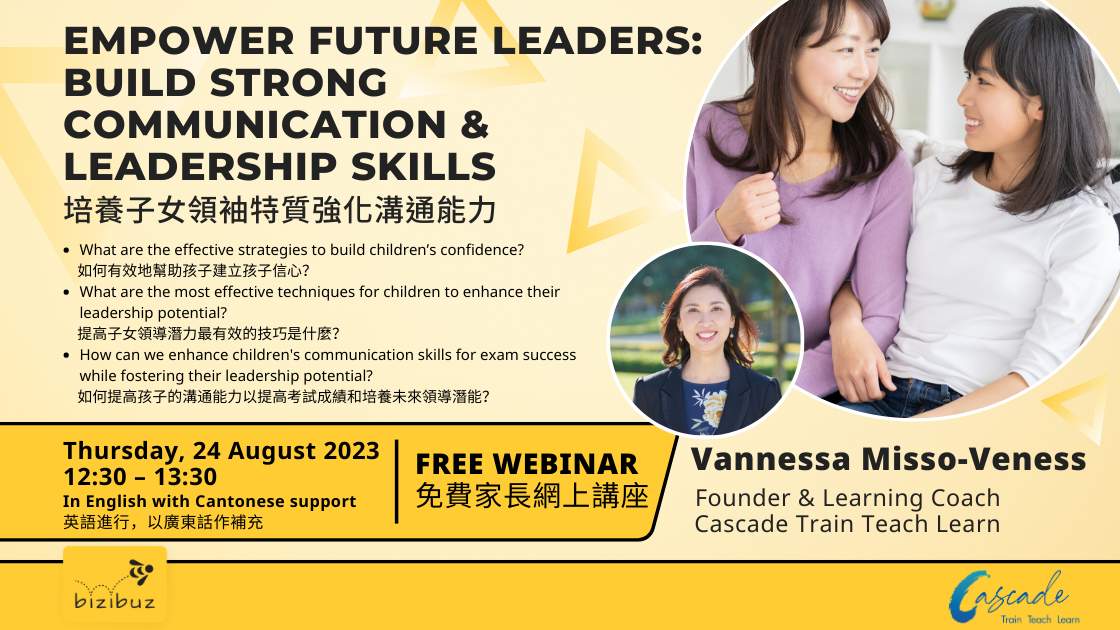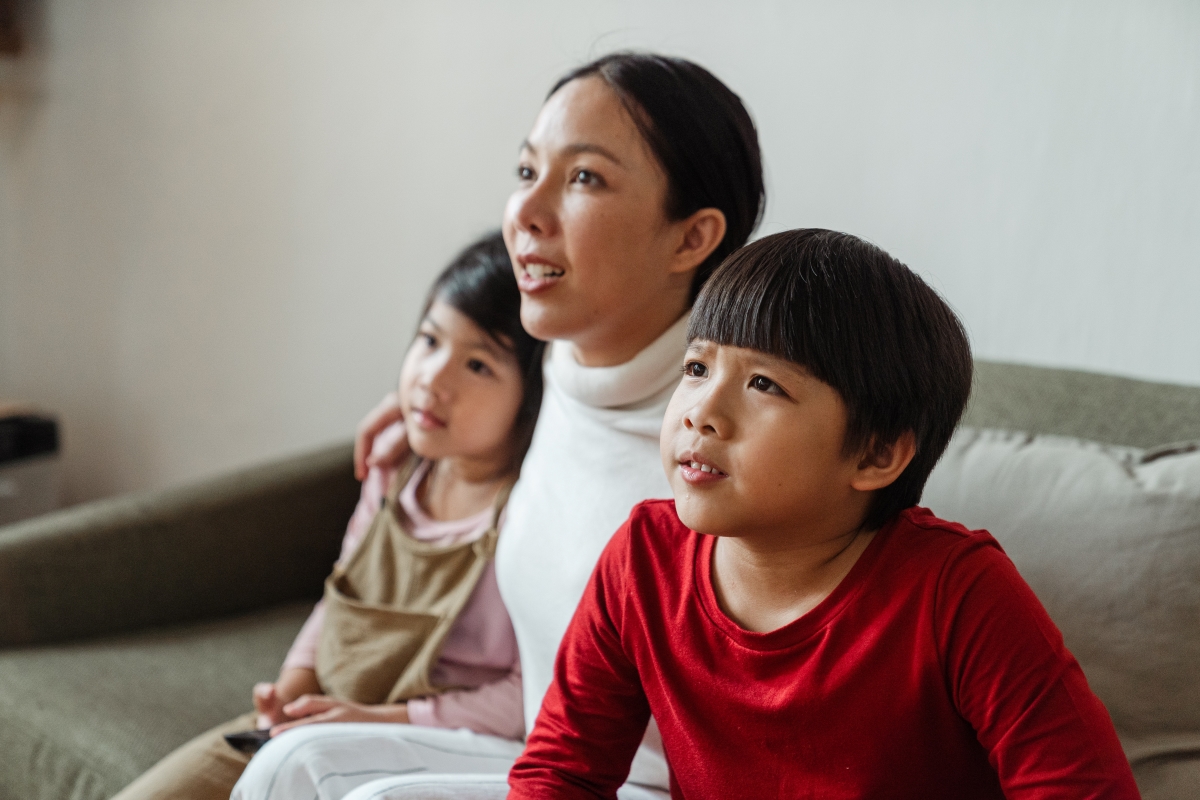By subscribing you are agreeing to our Privacy Policy
Pandemic parenting: impact on education and learning loss due to COVID-19
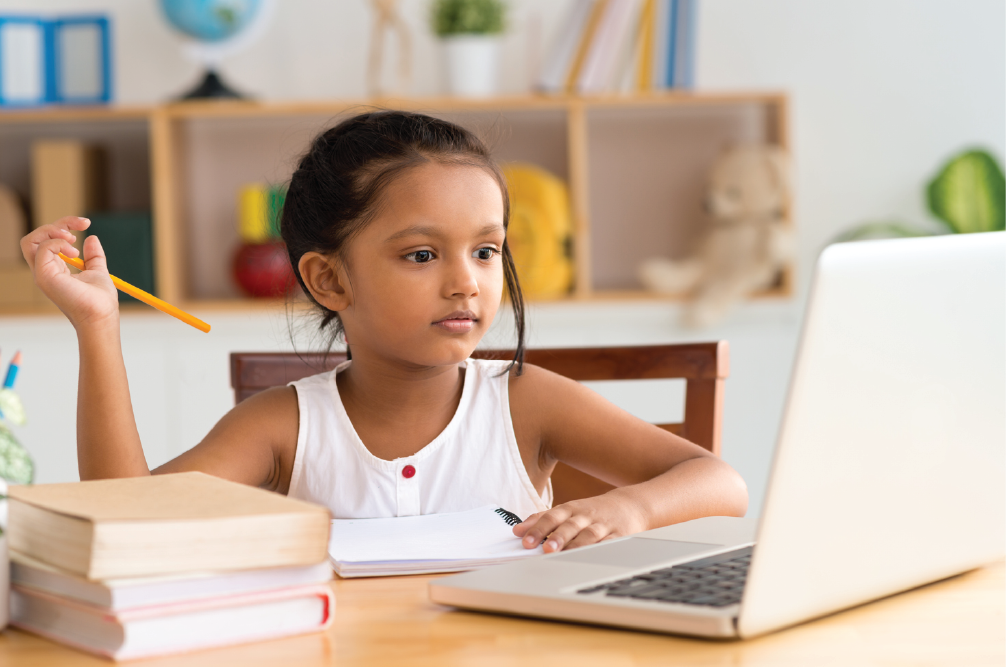
By Rachel Murphy
Teachers across the globe have struggled to deal with the impact of the covid-19 pandemic, and I am one of them. I have been teaching Social Subjects for almost 9 years and, in this time, have experienced a number of different successes and challenges, but none as stark as the education gaps created by the pandemic. I, myself, teach students from the ages of 11 to 18 in a comprehensive school of over 1,100 children. The move to remote learning was incredibly complex due to issues with technology, internet access, and a lack of human connection, but the return to school has been more difficult. Students have come back from home learning with lesser social skills, gaps in academic knowledge and an increased rate of mental health issues that need to be addressed for their wellbeing. This led me to take a closer look into the impact of the pandemic on learners.
As an experienced secondary school teacher I can say with certainty that the world of education has not seen anything like the coronavirus before. Since its outbreak two years ago, the pandemic has disrupted education systems globally, affecting the most vulnerable and youngest learners the hardest. And let’s not forget the extra stress placed on teachers and parents as we try to navigate the new learning paradigm.
School closures have ranged from a few weeks to more than a full school year in various countries [1]. According to UNESCO, over 1.6 billion children around the world have been learning from an environment that is not a physical classroom as a result of the pandemic [2]. Hong Kong is actually one of the worst hit places with classrooms closed periodically since as early as 2019. The pandemic has forced children to remote learn, however many still struggle with the challenges facing them due to feeling isolated, lacking in-person support when needed, or being unable to access resources – all of which impacts longer time engagement levels and attitudes toward schooling. This not only hurts the academic performance of a child, but it can also negatively impact their socioemotional wellbeing. Unfortunately, as a teaching practitioner, I see the daily frustrations and struggles of students but it often feels like there is little that I can do to help beyond slowing down online instruction which itself can exacerbate learning loss.
Throughout the COVID-19 crisis, researchers have focused on studying COVID’s effects on learning loss and opportunities to continue learning in the context of the pandemic. The long-term consequence of the COVID-19 crisis on education will take many more years to fully understand but evidence from past school closures suggests the shock wave will be large and long-lasting. Let’s take a closer look at how the pandemic has negatively impacted children and how we can move forward:
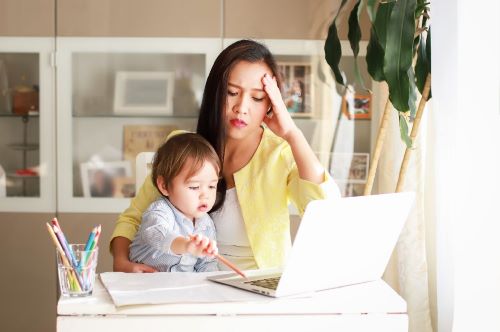
The impact of COVID-19 on children’s learning
COVID-19 school closures are unprecedented in length and on a global scale, affecting over 174 countries and with average school closures lasting over 100 days in some places (UNESCO, 2021). Lockdowns and learning from home has meant that students have been unable to digest the same amount of learning content relative to a normal school year due to both quantitative and qualitative constraints.
Large learning losses due to COVID-19
Even though the quality of remote classes have improved since the start of the pandemic as schools have adopted better practices, they remain difficult for students who struggle with issues such as learning challenges, isolation, or lack of resources. A study released by McKinsey in 2021 finds that the shift to remote school in spring of 2020 set children in the US back by 5 months in maths, and 4 months in reading compared to previous cohorts [3]. In the Netherlands, an 8-week shutdown has led to a 3-percentage-point learning loss, equivalent to one-fifth of a school year (Engzell et al, 2021).
Many studies have found that full-time online learning does not deliver the academic results of in-class instruction [4]. Learning loss is even greater among vulnerable children as they are less likely to have access to high-quality remote learning or to a conducive learning environment such as a quiet space with minimal distractions, devices they do not need to share, high-speed internet, and parental academic supervision [5]. Studies suggest that school shutdowns in the second quarter of 2020 have put students up to 6 months behind the academic milestones of their cohorts [6]. Teachers in Australia, Canada, China, France, Germany, Japan, the United Kingdom, and the United States reported higher learning loss for children in the younger grades (2.2 months for K - Grade 3 vs. 1.7 months for Grades 9-12) due to poorer engagement and insufficient parental support when they were learning at home.
High drop-out rates prospects
Children who have disengaged from school altogether may continue to slide backwards, losing knowledge or skills they once had. The missing building blocks of knowledge can reduce academic motivation, hurt academic performance and general level of engagement [7]. In normal circumstances, children who miss more than 10 days of school are 36% more likely to drop out [8]. In the wake of school closures following natural disasters, such as Hurricane Katrina (2005) and Hurricane Maria (2017), 14-20% of students never returned to school [9]. A report by McKinsey estimates between 232,000 – 1.1 million (at the extreme end) students from grades 9-11 could drop-out as a result of COVID-19 school closures [10].
Impact on future education and prospects
Given the length of the coronavirus pandemic, many students have progressed onto the next grade with gaps in their learning, making it more difficult for them to achieve success. Key knowledge building blocks and skills have been left unfinished, leading to an unseen negative impact on future prospects. One US study has estimated that unfinished learning for students in K-12 could reduce their lifetime earnings by between $49,000 - $61,000. This translates into an estimated impact of US$110 billion annual earnings across the entire current K-12 cohort [11]. Combining estimates of learning loss during the pandemic with estimates of the economic return of additional learning, suggests today’s children could earn US$17 trillion less as a result of the pandemic over their lifetime if catch up efforts are not successful [12].
Poor mental health
The covid-19 pandemic has also had a significant impact on young people’s mental health. This has been noticed by parents who are spending more time at home with their children, with 4/5 of the parents becoming concerned about their child’s mental health or their social and emotional development. Recent studies by Browning et al and USAID identify significant psychological ramifications that can be directly attributed to the pandemic. These include worry, fear, sadness, stress, irritability, and even guilt [13], which will, in turn, have an impact on academic attainment through attendance and behaviour in class.
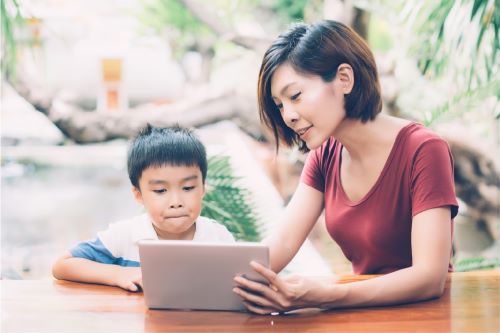
A call to action: how you can help your child close their learning gaps?
School closures have caused large and persistent damage to children’s education and future productivity which are difficult repercussions to address. As governments make tough decisions about what activity to restrict in the face of Omicron variants, the evidence suggests learning must be prioritized. The Global Education Evidence Advisory Panel (GEEAP) advises that if immediate action is not taken, the damage to children’s education is likely to reduce their wellbeing and productivity for decades [14].
Accurate assessments to reflect the new reality and focus on important skills
Failure to recognize and respond to learning loss is one of the reasons previous temporary school closures have lead to permanent damage. Children need intensive support to get back on track and unfortunately a school teacher struggling with the technology burdens and teaching adaptations required during covid-19 may not be the panacea.
The first step involves an accurate assessment of the gaps in their development due to remote learning in order to take effective action to help them move past the pandemic and into a successful future. With accurate reports and data, parents then can design a response that allows children to learn the actual missing knowledge and skills. This could include catch-up programs focused on foundation skills and the use of adaptive software that delivers a custom learning experience.
Bizibuz’s KnowYourChildTM is a great benchmarking tool to help parents identify the development gaps, track their child’s milestone achievements, guide parents on activities to strengthen performance, and monitor the efficacy of activities over time. The tools are developed using advanced algorithms and input from top universities, including the Education University of Hong Kong and The Hong Kong Polytechnic University, and senior teachers from leading institutions, including the Chinese International School and Canadian International School.
The tools use a combination of adaptive question paths and an advanced statistical technique called Rasch modeling (typically used in global academic assessments) in order to ensure that a child is not burdened even more by additional unnecessary screentime. The Pre-primary tool (for children aged 3-6 years) can be completed in as little as 5 minutes while the Primary tool (for children aged 6-12 years) takes 10-25 minutes to complete depending on the grade level. A child’s responses are then accurately and reliably converted into benchmarked performances that yield comprehensive multi-page reports for parents covering up to 5 subjects and 40 detailed domains for the Pre-primary tool and up to 11 subjects and 37 detailed domains for the Primary tool.
Leverage existing technology
Remote online education is not as effective as in-person learning [15], however technology can be part of the solution when used to provide incremental learning support through collaboration, content, a more flexible learning experience and tools for constituents such as teachers and parents.
For example, on the Bizibuz platform, parents can leverage benchmarking data and activity recommendations to optimize their decisions on the best extracurricular courses to specifically address the gaps in their child’s development or foster their hidden talents. The activity recommendations are interactive and when clicked, lead a parent to its course search portal which currently contains more than 50,000 activities from over 70 top-tier education centers, covering arts, languages, music, sport, STEM, life skills, social sciences, exam preparation, and early childhood (stats which are growing every day!).
Encourage parental engagement
Parents have always played an important role in a child’s education but in a remote learning environment, they are critical contributors to a child’s academic development. Studies pre-dating the pandemic demonstrate how parental involvement can increase the quality of a child’s learning as a result of direct communication with a school, selecting suitable supplementary activities for their child, engaging with a young child in educational activities, scheduling their learning priorities, or reading books to a child. Never before has parent support been such an imperative as part of a learning recovery strategy for our children [16].
References:
[1] See Education: From disruption to recovery, en.unesco.org
[2] “Why the world must urgently strengthen learning and protect finance for education,” UNESCO, October 16, 2020, en.unesco.org.
[3] See COVID-19 and education: The lingering effects of unfinished learning, mckinsey.com
[4] See, for example the 2015 Online Charter School Study of the Center for Research on Education Outcomes (CREDO), credo.stanford.edu.
[5] Brooke Auxier and Monica Anderson, “As schools close due to the coronavirus, some U.S. students face a digital ‘homework gap,’” Fact Tank, March 16, 2020, pewreasearch.org. Dana Goldstein, Adam Popescu, and Nikole Hannah-Jones, ”As school moves online, many students stay logged out”, New York Times, April 6, 2020, nytimes.com. Anna North, “The shift to online learning could worsen educational inequality,” Vox, April 9, 2020, vox.com.
[6] See Teacher survey: Learning loss is global and significant, mckinsey.com
[7] Leah Lessard and Hannah Schacter, “Why the coronavirus crisis hits teenagers particularly hard: Developmental scientists explain,” Education Week, April 15, 2020, edweek.org.
[8] Research brief: Chronic absenteeism, Utah Education Policy Center, University of Utah, 2012, uepc.utah.edu.
[9] “Declining Enrollment, Shuttered Schools,” Education Week, September 19, 2018, edweek.org; “Legacy of Katrina: The Impact of a Flawed Recovery on Vulnerable Children of the Gulf Coast,” National Center for Disaster Preparedness, Children’s Health Fund, 2010.
[10] See COVID-19 and student learning in the United States: The hurt could last a lifetime, mckinsey.com
[11] Using projected learning loss onto the National Assessment of Education Progress and its relationship with the country’s GDP and earnings. In addition, in all calculations below, we have accounted for the effects of an economic recession on academic outcomes
[12] See The State of the Global Education Crisis: A Path to Recovery, worldbank.org
[13] See The Most Effective Ways to Keep Children Learning During and Post-Pandemic, worldbank.org
[14] See The Most Effective Ways to Keep Children Learning During and Post-Pandemic, worldbank.org
[15] See The Most Effective Ways to Keep Children Learning During and Post-Pandemic, worldbank.org
[16] See The Most Effective Ways to Keep Children Learning During and Post-Pandemic, worldbank.org


